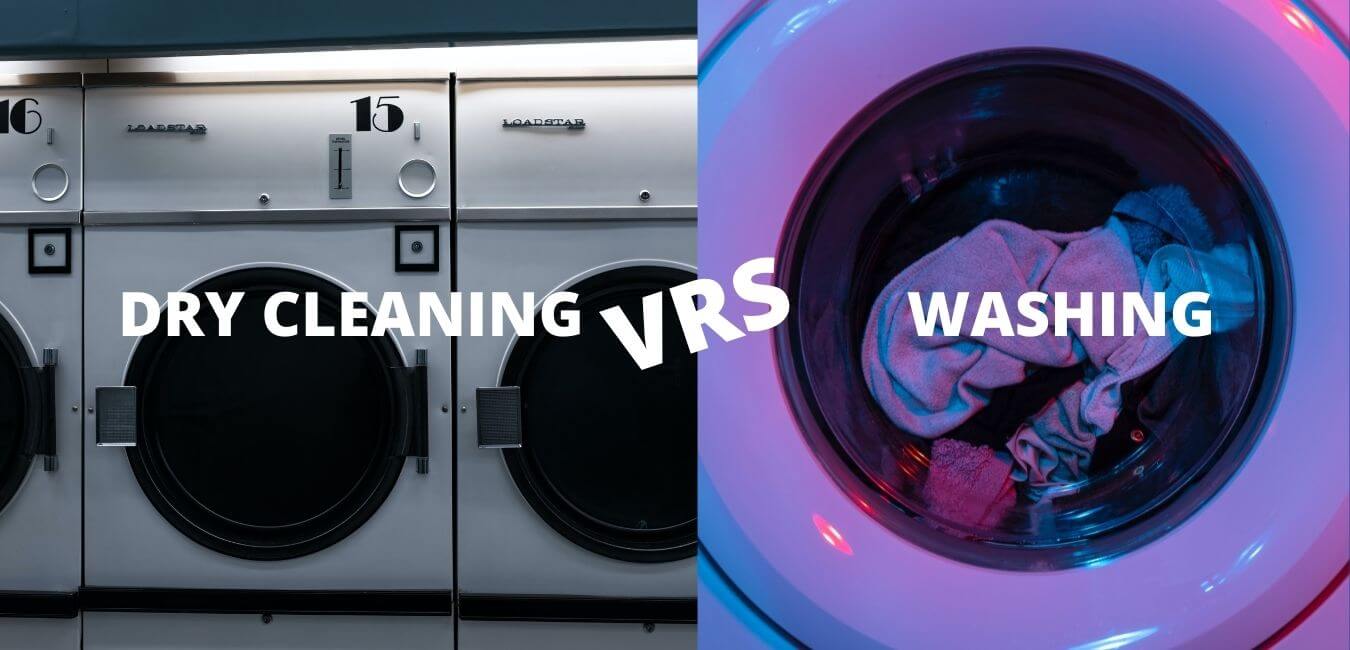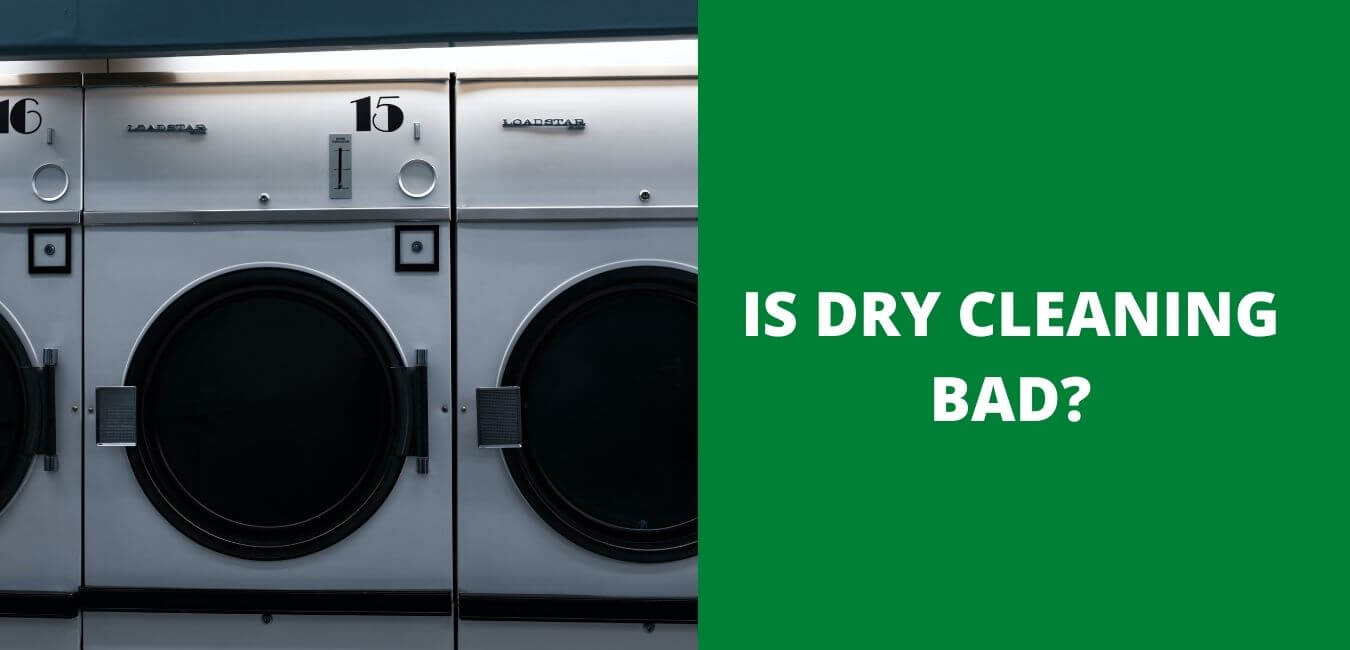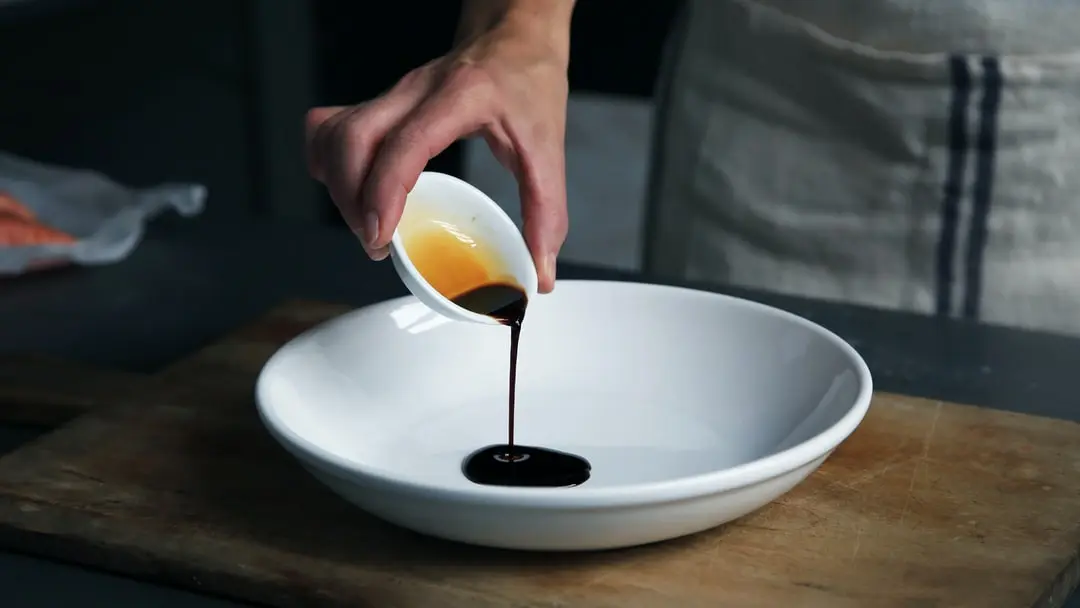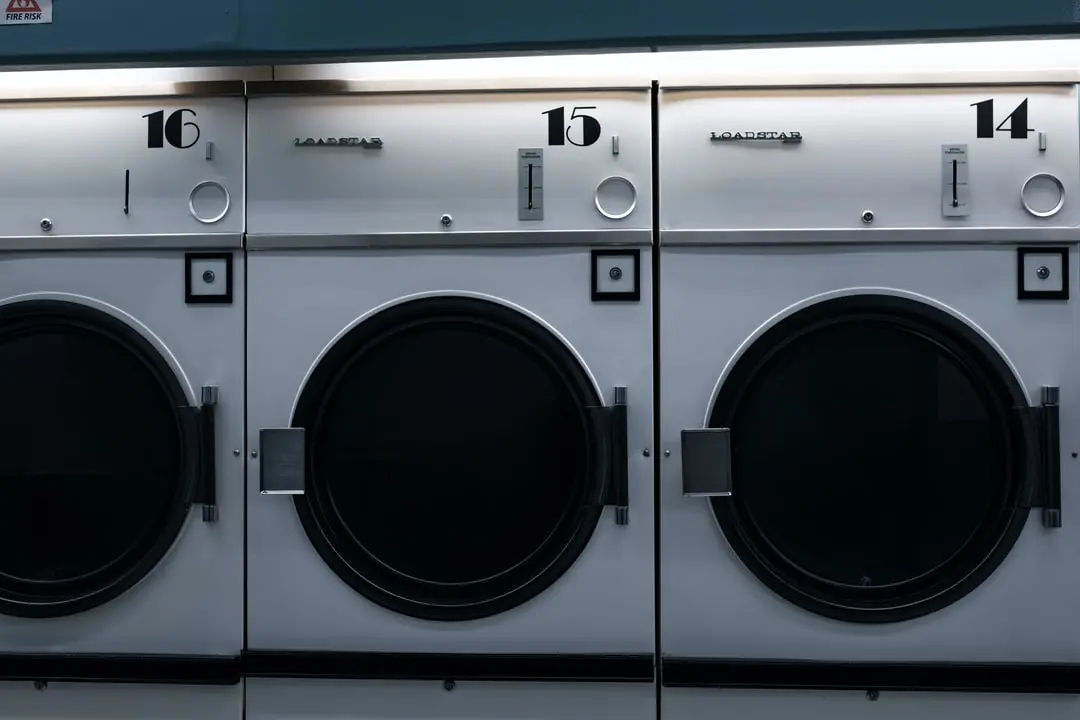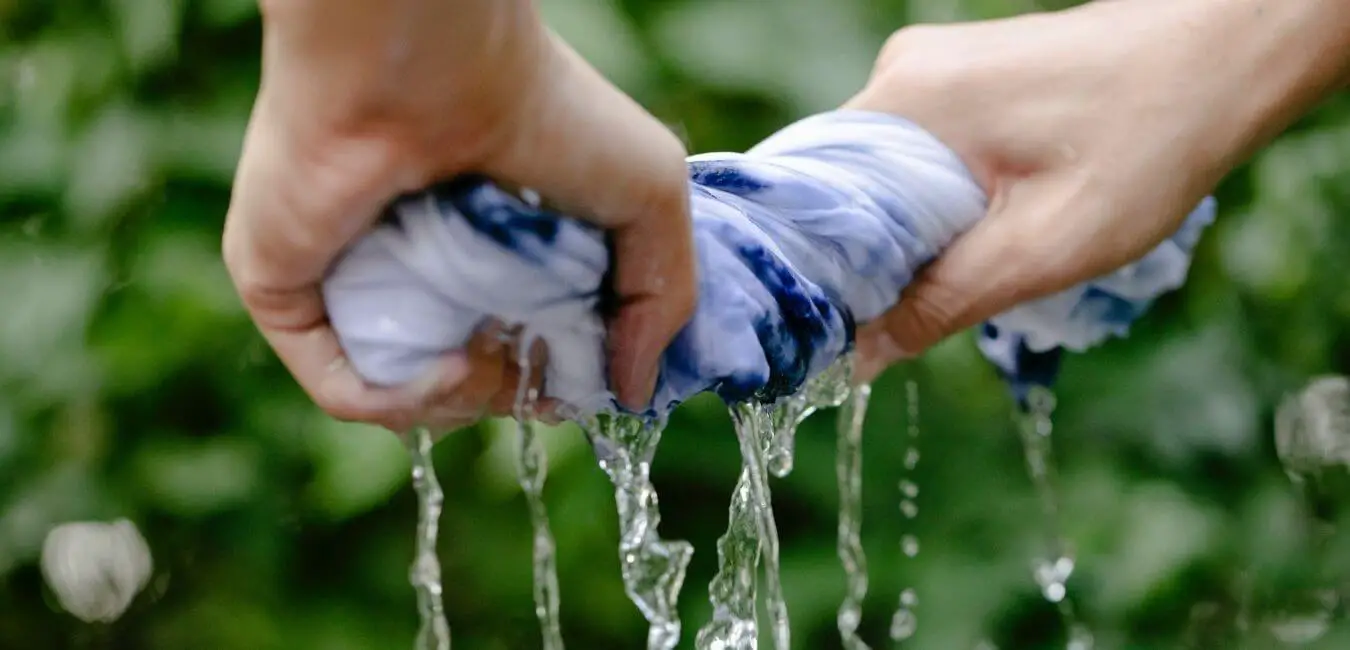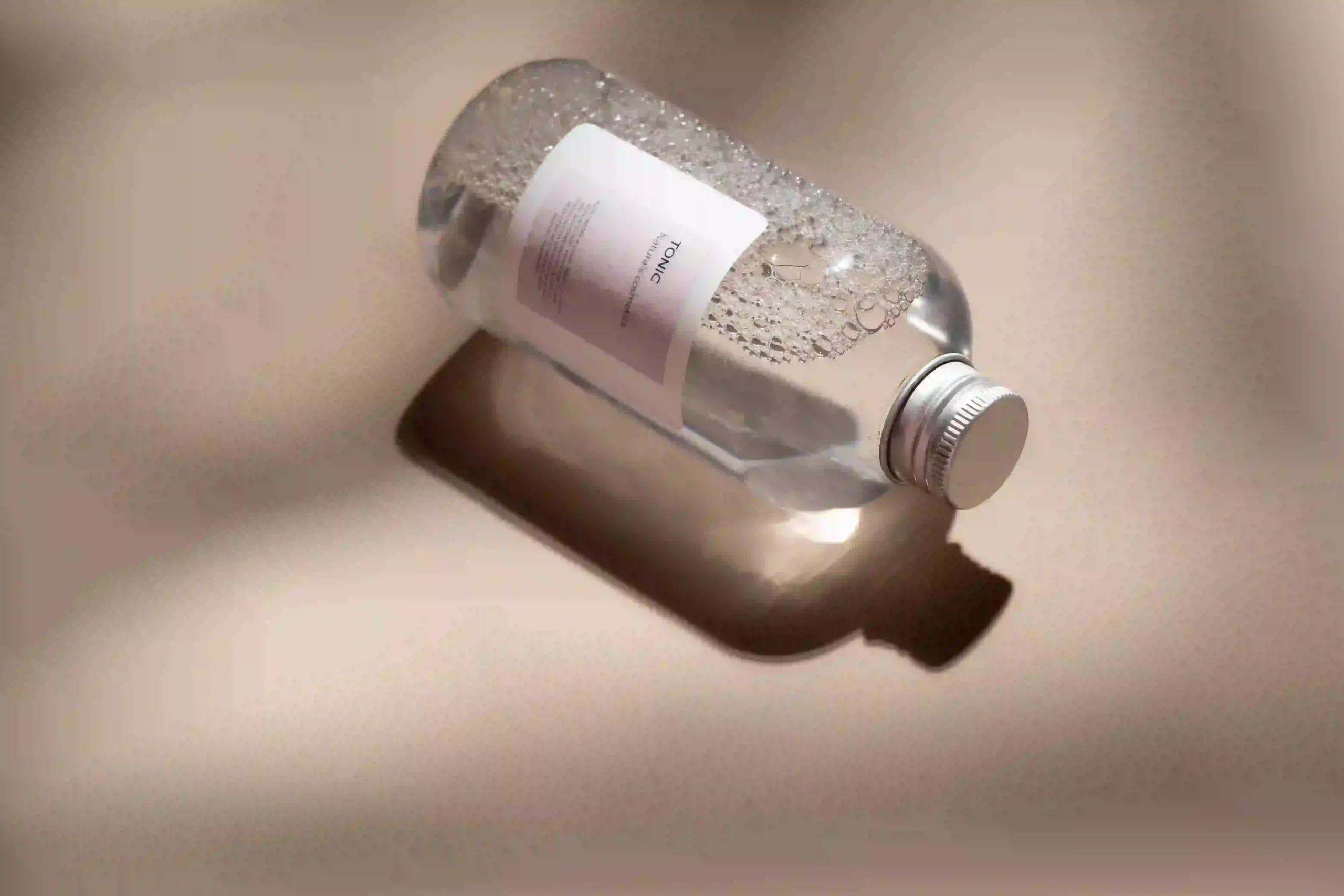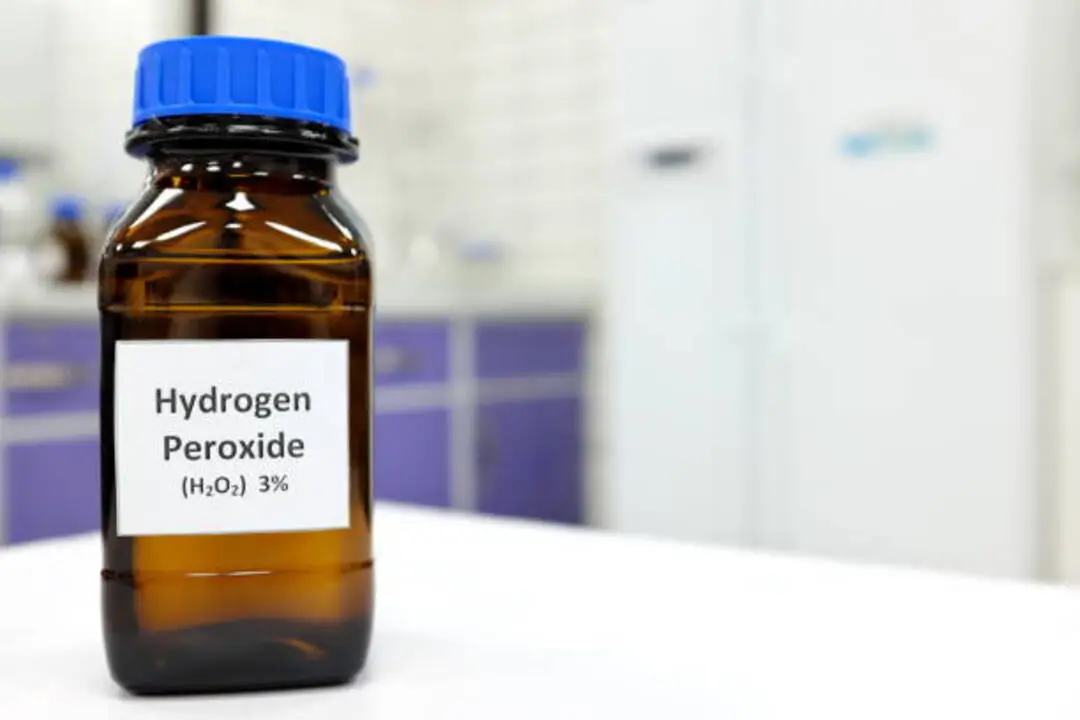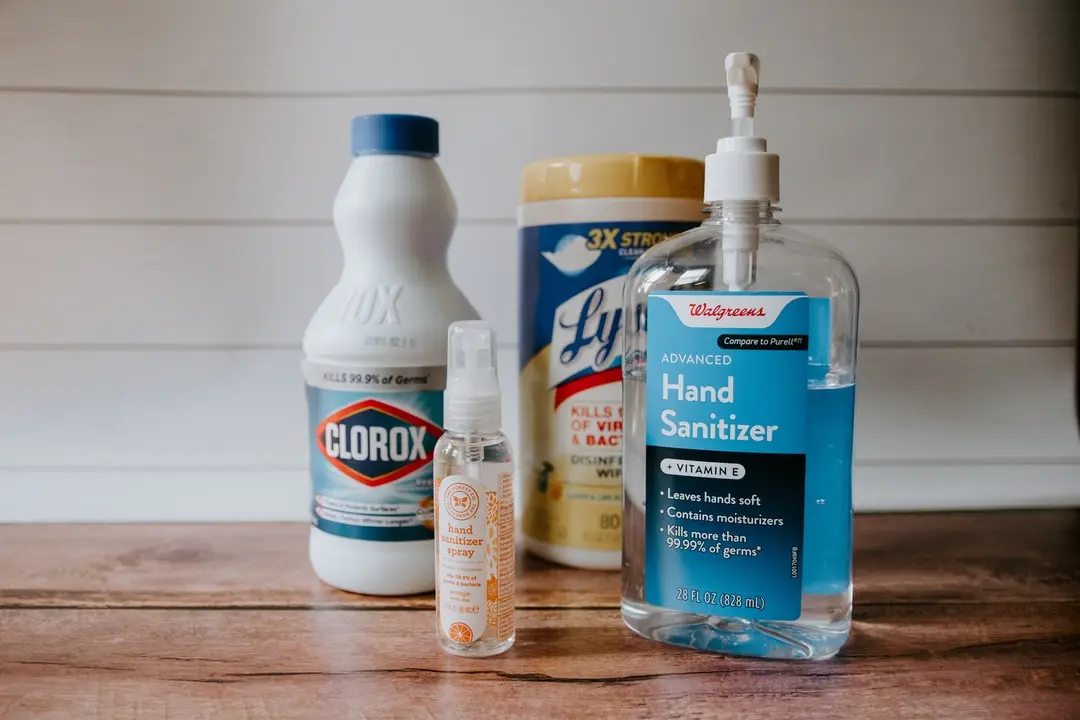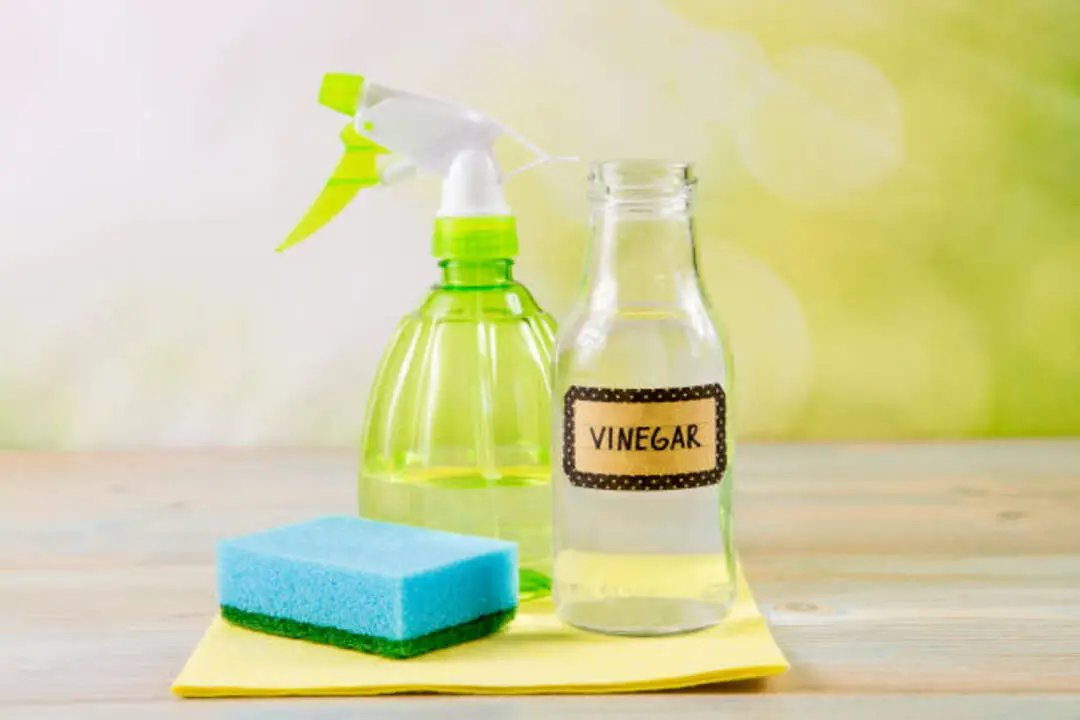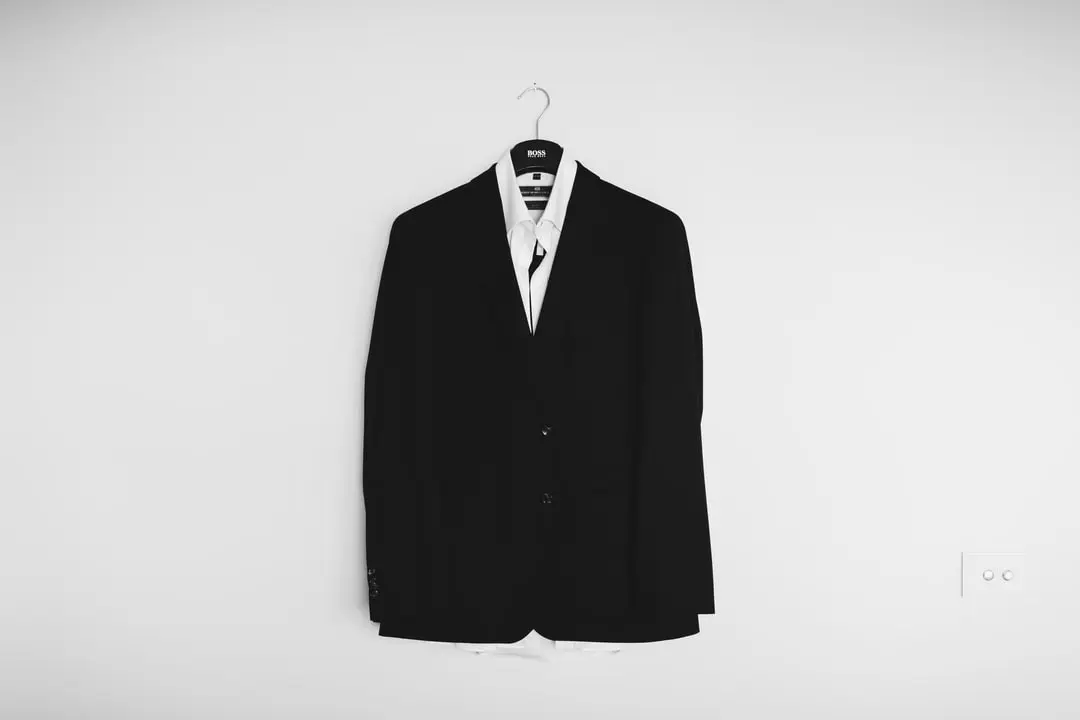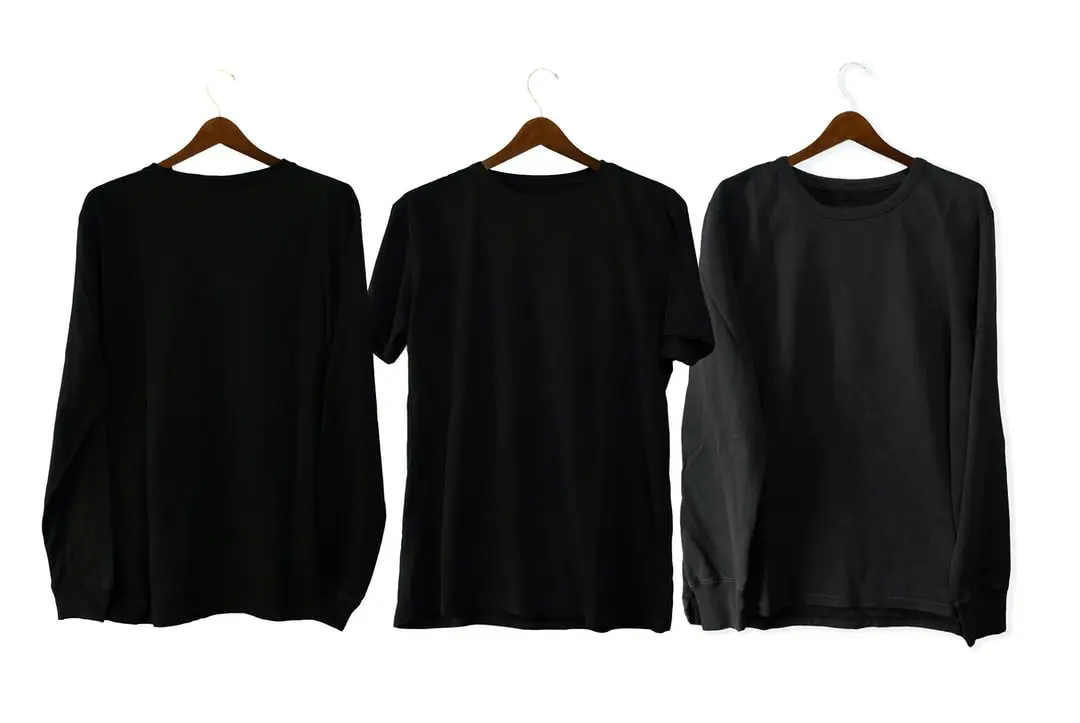Detergent stains on clothes can be frustrating and unsightly, but with the right techniques, they can be easily removed. Whether it’s excess detergent residue or accidental spills, learning how to clean detergent stains is essential for maintaining the quality and appearance of your clothes.
In this article, we will look at the reasons behind detergent stains and the importance of removing them to keep your clothes looking clean and fresh.
Key Takeaways
Here are some key points to keep in mind when dealing with detergent stains:
- Act Quickly: The sooner you address detergent stains, the easier they are to remove. Try to treat stains as soon as you notice them to increase the chances of successful removal.
- Test Products on a Small Area: Before applying any stain removal solution, it’s advisable to test it on a small, inconspicuous area of the garment. This will help you ensure that the product does not cause any damage or discoloration.
- Follow Care Labels: Always refer to the care labels on your clothes for specific washing instructions. Different fabrics and garments may require different stain removal methods, so it’s essential to follow the manufacturer’s recommendations.
- Don’t Overload the Washing Machine: When washing stained clothes, avoid overloading the washing machine. Giving the garments enough room to agitate and tumble will help the detergent loosen from the fabric effectively.
- Check for Residue Before Drying: Before drying your clothes, make sure to check for any remaining detergent stains. Heat can set the stains, making them much more difficult to remove. If you notice any residue, rewash the garment without detergent.
Factors to Consider When Cleaning detergent stains from your clothes

When it comes to removing detergent stains from clothes, there are several factors that should be considered.
1. Type of fabric: Different fabrics require different cleaning methods and products. It’s important to check the care label on your clothing to determine the appropriate cleaning method. Delicate fabrics may need to be hand washed, while sturdier fabrics can withstand machine washing.
2. Stain severity: The severity of the detergent stain will impact the cleaning method you choose. Fresh stains are generally easier to remove compared to set-in stains. It’s essential to act quickly and tackle the stain as soon as possible for better results.
3. Pre-treatment: Before washing your clothes, pre-treating the detergent stain can enhance the cleaning process. There are various stain removers available in the market, or you can try making a DIY solution with baking soda, vinegar, or dish soap. Gently dab the solution onto the stain and let it sit for a few minutes before washing.
4. Water temperature: The water temperature used for washing can make a difference in stain removal. Hot water is typically more effective in breaking down stains, but it’s crucial to match the water temperature with the fabric’s care instructions. Some fabrics can shrink or become damaged when exposed to high temperatures.
5. Washing method: Depending on the fabric and stain severity, you can choose between hand washing or machine washing. Pay attention to the recommended cycle and settings for your clothing. Use a gentle cycle for delicate fabrics or select a regular cycle for sturdy materials. Additionally, avoid overloading the washing machine to ensure proper cleaning.
6. Drying: After washing, check if the stain has completely disappeared before drying the garment. If the stain persists, repeating the cleaning process may be necessary. However, avoid drying the clothing until the stain is fully removed, as heat from the dryer can set the stain and make it more challenging to remove later.
By considering these factors when dealing with detergent stains on clothes, you can increase the chances of effectively removing the stains and preserving the quality of your garments.
Why Do Clothes Get Detergent Stains?

Detergent stains occur for various reasons, including:
1. Using too much detergent: Pouring an excessive amount of detergent into your washing machine can leave behind residue on your clothes. This can happen with both powdered and liquid detergents. It’s important to follow the instructions on the package and use the recommended amount.
2. Improper rinsing: Inadequate rinsing during the washing process can result in detergent particles clinging to the fabric, causing stains. It’s crucial to ensure that your clothes are thoroughly rinsed to remove all traces of detergent.
3. Detergent spills: Accidental spills while measuring or pouring detergent can also lead to stains on clothes. It’s essential to clean up any spills immediately to prevent them from setting into the fabric.
Understanding the causes of detergent stains can help you take preventive measures to avoid them in the future.
Importance of Removing Detergent Stains
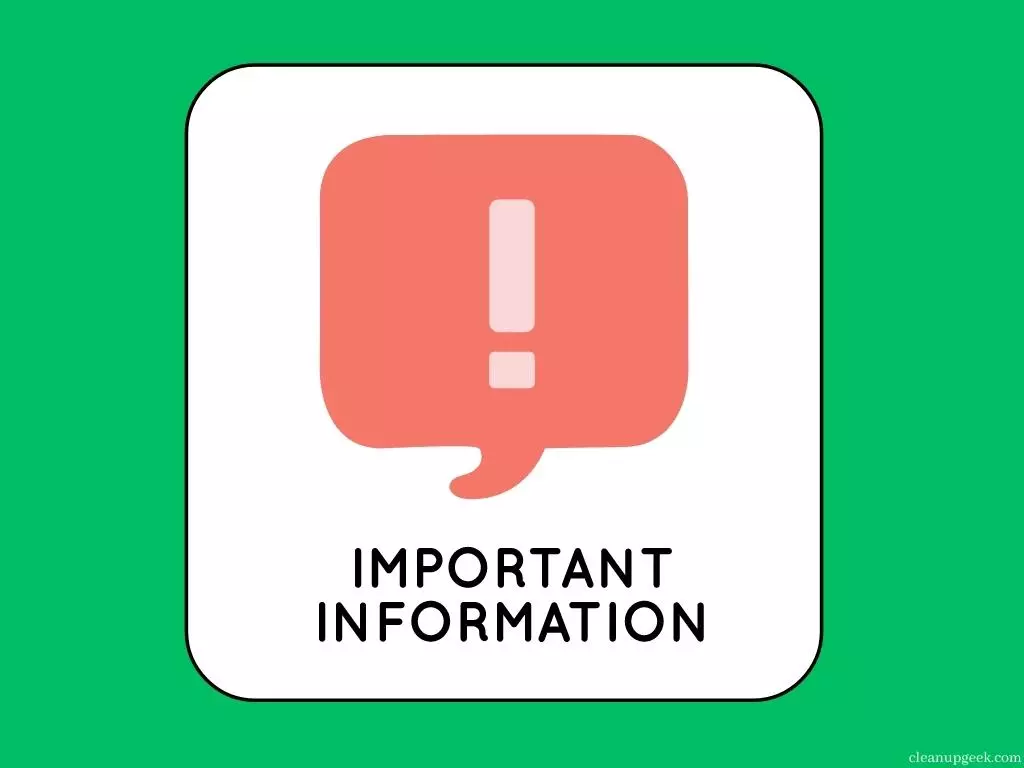
Removing detergent stains is essential for several reasons:
1. Appearance: Detergent stains can be unsightly, making your clothes look dirty and unkempt. Properly removing these stains ensures that your clothes maintain their clean and fresh appearance.
2. Longevity: Detergent residue left on clothes can accumulate over time and lead to fabric degradation. Removing these stains helps prolong the lifespan of your clothes, allowing you to enjoy them for a more extended period.
3. Comfort: Detergent stains can cause skin irritation and discomfort when they come into contact with your body. By removing these stains, you can ensure a more comfortable wearing experience.
4. Odor prevention: Over time, detergent residue can emit a foul odor, making your clothes smell unpleasant. Removing detergent stains helps prevent odor buildup, ensuring that your clothes smell fresh.
To ensure that your clothes remain in optimal condition and free from unsightly detergent stains, it’s important to implement effective cleaning methods that target and remove these stains completely.
Next, we will explore various techniques and home remedies that can help you successfully remove detergent stains from your clothes. Stay tuned for our upcoming blog sections!
Techniques for Removing Detergent Stains
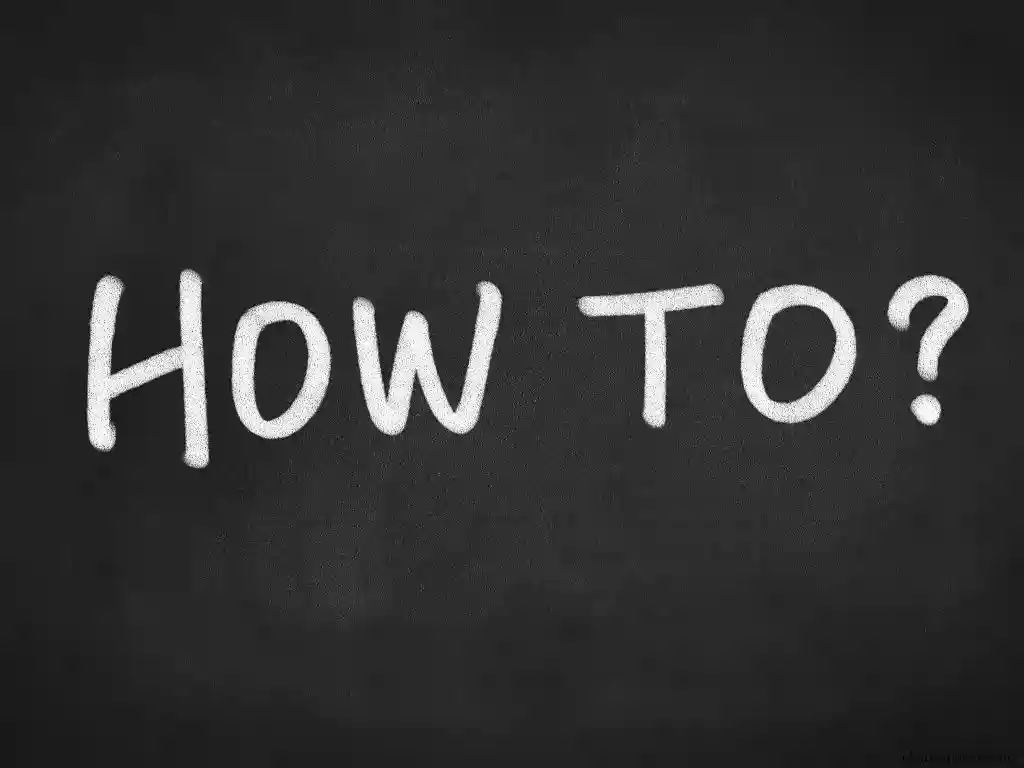
When it comes to removing detergent stains from your clothes, there are several effective techniques you can try. Whether you prefer using household ingredients or specialized products, these methods can help eliminate those pesky stains and restore your garments to their original condition.
1. Using Rubbing Alcohol
Rubbing alcohol is a versatile and effective solution for removing detergent stains from clothes. Follow these steps to use rubbing alcohol to clean your garments:
- Soak a cloth in warm water and gently rub the stain to see if the detergent shifts.
- Perform a spot test using some rubbing alcohol on a small, inconspicuous area of the fabric to ensure it doesn’t cause any damage.
- If the spot test is successful, dab rubbing alcohol onto the stain using a cotton swab without saturating the fabric.
- Let the rubbing alcohol sit on the stain for about 15 minutes.
- Rinse the garment thoroughly and check if the stain has been completely removed. If necessary, repeat the process.
2. Soaking in Vinegar Solution
Vinegar is another effective and natural remedy for removing detergent stains. Follow these steps to use vinegar to clean your clothes:
- Fill a basin with warm water and add one cup of white vinegar.
- Stir the mixture to ensure the vinegar is well-distributed.
- Soak the stained garment in the vinegar solution for at least 15 minutes.
- Check if the stain has lifted. If not, continue soaking the garment for a longer period.
- Rewash the garment, as usual, to ensure all residue is removed.
3. Using Bar Soap
A simple and budget-friendly option for removing detergent stains is to use bar soap. Look for unscented plain bath soap with minimal additives. Here’s how to use bar soap to clean your clothes:
- Wet the stained area of the fabric.
- Rub the bar soap directly onto the stain, creating a lather.
- Gently agitate the fabric to work the soap into the stain.
- Rinse the garment thoroughly with warm water to remove the soap and stain.
4. Rewashing with Baking Soda
Baking soda is a common household ingredient that can help remove detergent stains. Follow these steps to rewash your clothes using baking soda:
- Instead of adding detergent, use half a cup of baking soda during the wash cycle.
- Run the washing machine as you normally would.
- For an extra boost, you can also add a cup of vinegar to the rinse water or the fabric softener dispenser.
- Once the wash cycle is complete, check the garment for any remaining stains. Repeat the process if necessary.
- Dry the garment as usual and allow any vinegar smell to dissipate.
5. Dish Soap Method
In addition to removing stubborn stains from dishes, dish soap can also help clean detergent stains from your clothes. Follow these steps to use dish soap as a stain remover:
- Apply a small amount of dish soap directly to the stained area, making sure to cover the entire affected area.
- Gently rub the dish soap into the stain using your fingertips or a soft brush.
- Let the dish soap sit on the stain for at least 10 minutes to allow it to break down the detergent particles.
- Rinse the garment thoroughly with warm water to remove the dish soap and any remaining stains.
These techniques provide effective ways to remove detergent stains from your clothes. Whether you prefer using household ingredients or specialized stain removers, these methods can help restore your garments to their original condition and keep them looking fresh and clean.
Remember to always spot-test any cleaning solution on a small, inconspicuous area of the fabric before applying it to the stain to avoid any potential damage.
Tips for Preventing Detergent Stains

When it comes to doing laundry, it can be frustrating to pull out your clothes only to find detergent stains on them. Fortunately, there are some simple tips you can follow to prevent these stains and keep your clothes looking clean and fresh. Here are some effective ways to prevent detergent stains on your clothes:
Agitating Detergent and Water Before Washing
One common cause of detergent stains is when the detergent does not properly dissolve in the water during the wash cycle. To prevent this from happening, it’s important to agitate the detergent and water before adding the clothes. This can help ensure that the detergent is fully dissolved and will be properly distributed throughout the wash.
Dissolving Detergent in Water before Adding to Laundry
Another way to prevent detergent stains is to dissolve the detergent in water before adding it to the laundry. This can be especially helpful when using powdered detergent, as it can sometimes clump and leave residue on the clothes. By dissolving the detergent in water first, you can ensure that it is fully mixed before it comes into contact with your clothes.
Proper Load Size
Overloading the washing machine with clothes can also lead to detergent stains. When the machine is too full, there may not be enough water and space for the detergent to properly dissolve and distribute. It’s important to follow the recommended load size for your specific washing machine to ensure optimal washing results and minimize the risk of detergent stains.
Using Liquid Detergent with Hard Water
If you have hard water, using the right type of detergent can make a big difference in preventing stains. Hard water contains minerals that can react with powdered detergents, leaving behind residue on the clothes. Consider using liquid detergents specifically formulated for hard water. These detergents are designed to work effectively in high mineral-content water and can help prevent detergent stains.
By following these tips, you can greatly reduce the chances of detergent stains on your clothes and keep them looking clean and fresh. However, if you still find detergent stains on your clothes, don’t worry. There are effective methods for removing these stains as well.
Further reading
If you are interested in learning more about detergent stains and how to remove them, you can visit the following link for additional information: Laundry detergent.
Frequently Asked Questions

1. Can using too much detergent cause damage to my washing machine?
Using too much detergent can have negative effects on your clothes and the environment, but it’s unlikely to cause direct damage to your washing machine. Excess detergent can create too many suds, which can lead to inefficient cleaning and even leave stains on your clothes.
Additionally, the environmental impact of using too much detergent includes increased water usage and pollution. While it’s important to use the right amount of detergent, overuse is unlikely to cause physical damage to your washing machine.
However, it’s still important to follow proper detergent use guidelines to ensure the longevity and cleanliness of your clothes.
2. Is it safe to mix different types of detergent?
Mixing different types of detergent can have both pros and cons. On the one hand, it can be an effective way to boost cleaning power, especially when dealing with tough stains. However, it can also be risky, as different detergents may have conflicting ingredients that can damage the fabric or cause allergic reactions.
Finding the right detergent combination is key to avoiding any negative effects. It’s important to read labels carefully and to experiment with small amounts before committing to a full load. Remember, while mixing detergents can be tempting, it’s always better to err on the side of caution when it comes to your clothes and your health.
So go ahead and try out new combinations, but always keep an eye out for any signs of trouble. After all, freedom is all about making informed choices that work for you.
3. How can I tell if my water is hard and what effect does that have on detergent use?
Do you ever wonder if your water is hard and how it affects your laundry detergent?
To test water hardness, you can use a simple water test kit or contact your local water supplier for information.
Hard water contains minerals that can interfere with detergent effectiveness, causing you to use more detergent than necessary and wasting money.
Overuse of detergent can also lead to detergent stains on clothes, which can be difficult to remove.
By understanding your water hardness level and adjusting your detergent use accordingly, you can avoid detergent disasters, save money, and enjoy cleaner clothes.
4. Can using too little detergent also cause problems?
You may be surprised to learn that using too little detergent can indeed cause problems. While it may seem like a good idea to save on detergent and use less, there are both benefits and drawbacks to minimal usage.
Underusing detergent can lead to clothes that aren’t fully clean, as well as an increased risk for bacterial growth and odors. On the other hand, using too much detergent can also cause issues such as detergent stains and allergic reactions.
Finding the sweet spot for detergent dosage is important, as it ensures your clothes are properly cleaned without damaging them or affecting your health. The science behind detergent usage involves understanding the level of dirt on your clothes, the size of the load, water hardness, and the concentration of the detergent.
So, while it may be tempting to skimp on detergent, it’s important to use the right amount to maintain both the cleanliness of your clothes and your personal hygiene.
5. How often should I clean my washing machine to prevent detergent buildup?
To prevent detergent build-up in your washing machine, it’s important to descale it regularly. Signs of detergent build-up include moldy or musty smells and excess foaming during the wash cycle. Neglecting to clean your washing machine can lead to an inefficient wash, as well as potential health hazards.
Descaling your machine can be done with a specialized cleaner or a mixture of vinegar and baking soda. By regularly descaling your washing machine, you can ensure that your clothes are properly cleaned and maintain their longevity.
Don’t let the fear of detergent buildup hold you back from clean, fresh-smelling clothes. Take control of your laundry routine and enjoy the freedom of a properly functioning washing machine.
Conclusion and final thoughts 💭
It’s important to properly remove detergent stains from your clothes to ensure they stay clean and fresh. By following the right techniques and using household products, you can effectively eliminate detergent stains and prevent them from ruining your favorite garments.
Remember that each stain removal method may have different levels of effectiveness depending on the type of detergent and fabric. It’s important to remain patient and persistent, repeating the stain removal process if necessary.
By following these tips and techniques, you can successfully clean detergent stains from your clothes and keep them looking their best.

